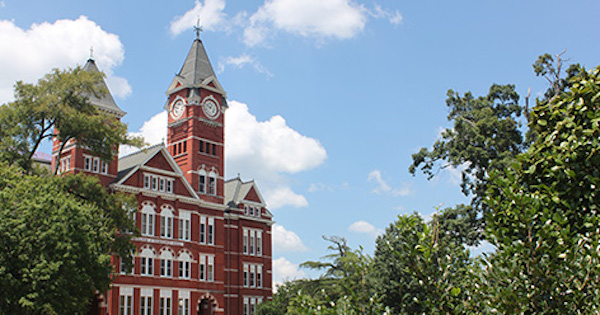By Virginia Martin
A smaller portion of new high school graduates is having to take remedial classes when they first go to college, according to a PARCA report on data from the Alabama Commission on Higher Education.
The rate of students needing remediation is dropping even though high schools have pushed to raise the graduation rate and are sending more students to college than they have in the past few years, according to the report for the Public Affairs Research Council of Alabama.
For students who graduated high school in spring 2017 and went on to college, 28 percent were required to enroll in remedial courses to bring them up to college-level work in either English or math or both, according to the PARCA report. In 2013, that number was 32 percent.
The biggest drop has been in students having to take remedial English, from 17 percent in 2013 to 14 percent in 2017. For math, the portion of students requiring remediation was 26 percent in 2013, compared to 24 percent in 2017.
The numbers of students needing remedial courses also has dropped during that period. In 2017, there were 6,758 new Alabama graduates attending two-year or four-year colleges who needed remediation, out of a total of 24,265 students who enrolled. In 2013, there were 7,279 new students who needed remediation, out of a total 22,872 new high school graduates who entered the state’s colleges and universities.
The PARCA report pointed out that the need for students to take remedial courses costs the state money, because the material is being taught in high school and college, and costs students and families more, because the remedial courses are extra work that don’t count toward a college degree.
The PARCA report has interactive charts that break down the statistics into much finer detail, such as remediation rates for particular school systems or for particular universities. You can find those tools in the report on PARCA’s website.

